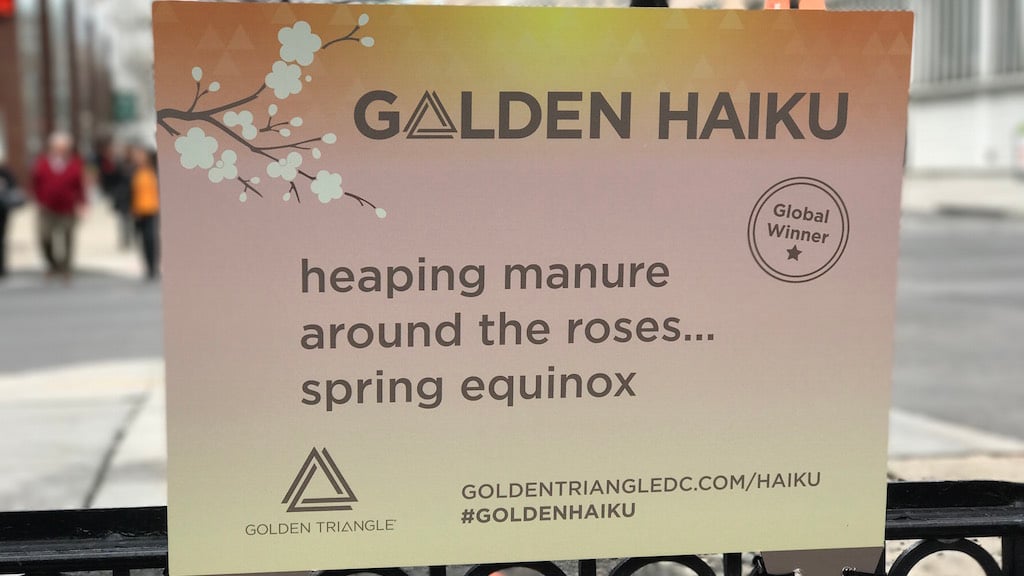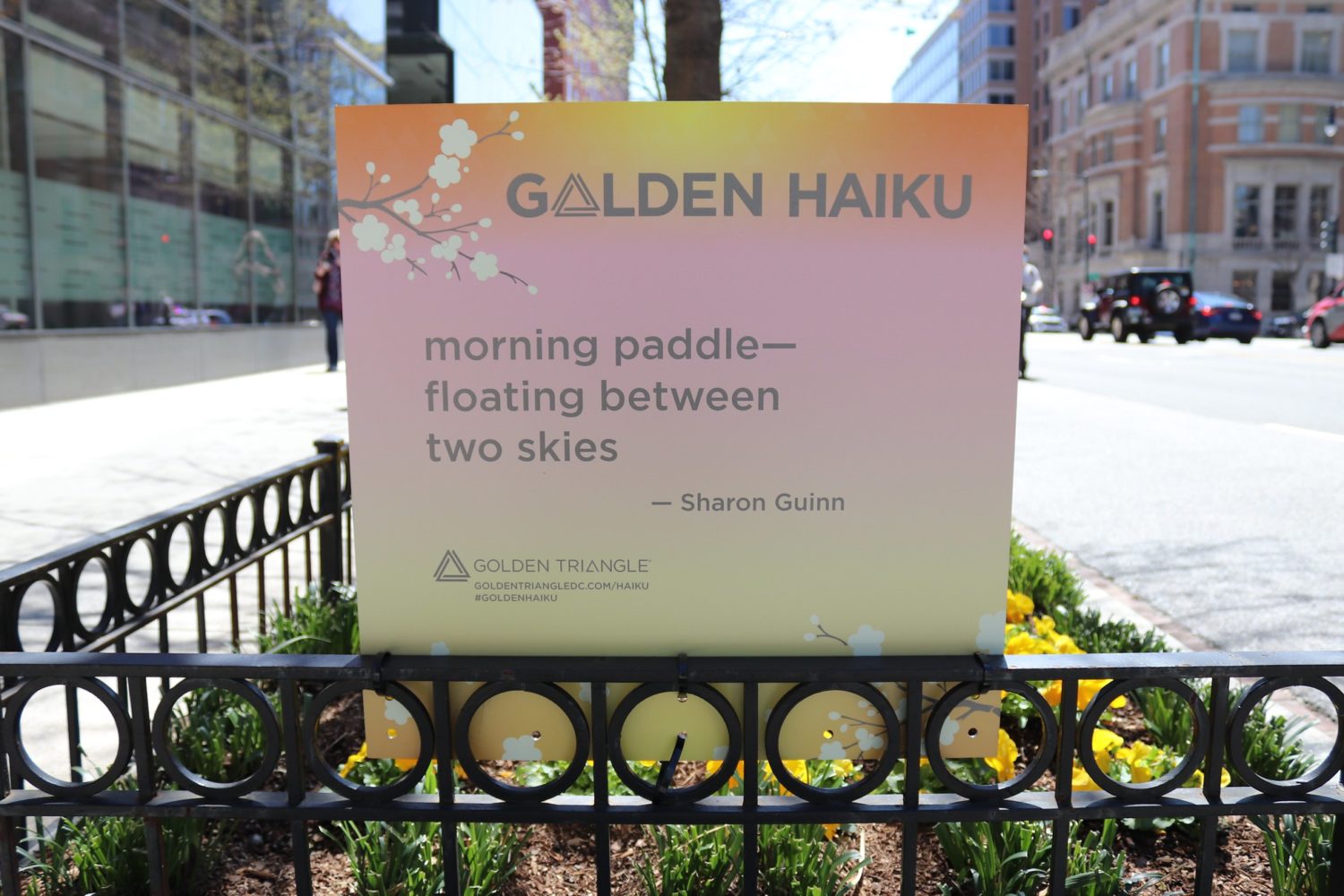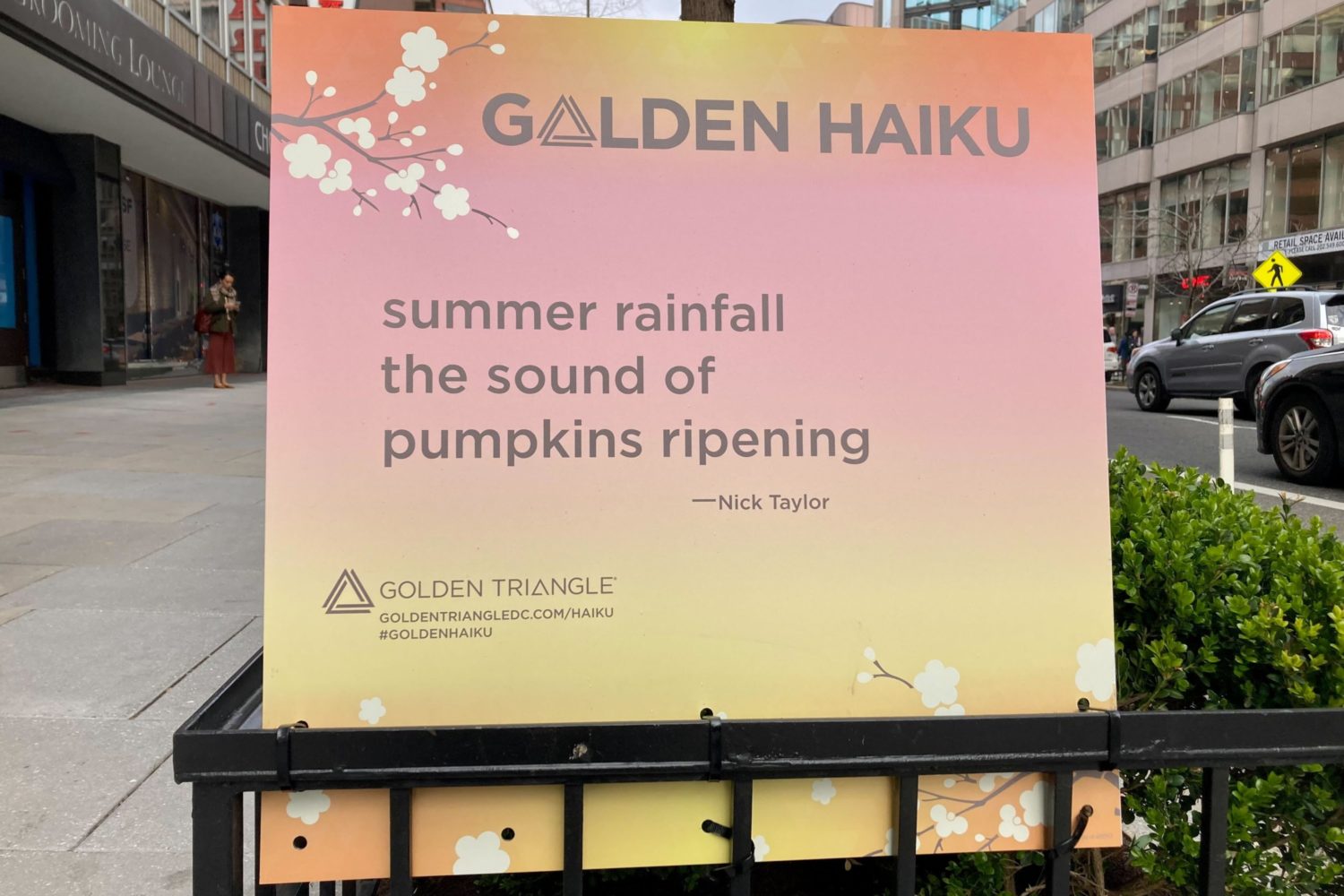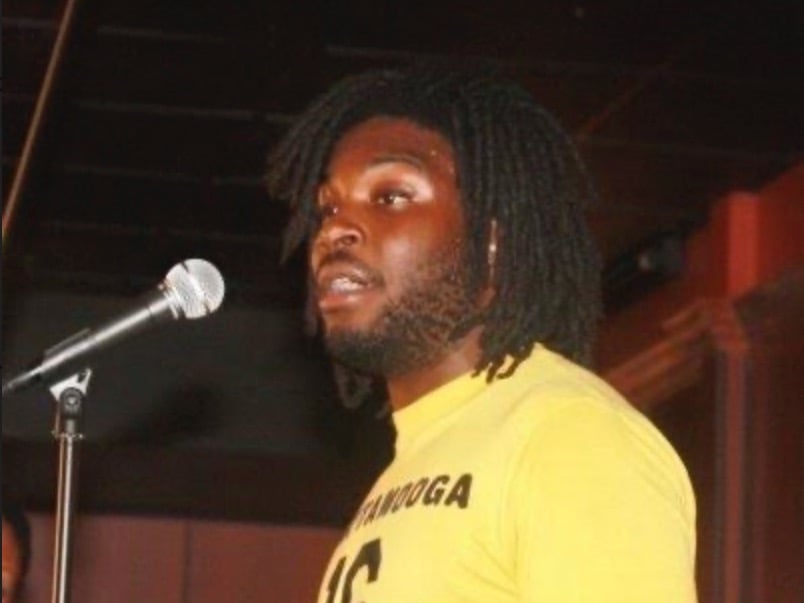If you work downtown, you might have noticed yellow signs featuring haiku in the flower beds around the Golden Triangle Business Improvement District. These are courtesy of the BID’s annual Golden Haiku Contest.
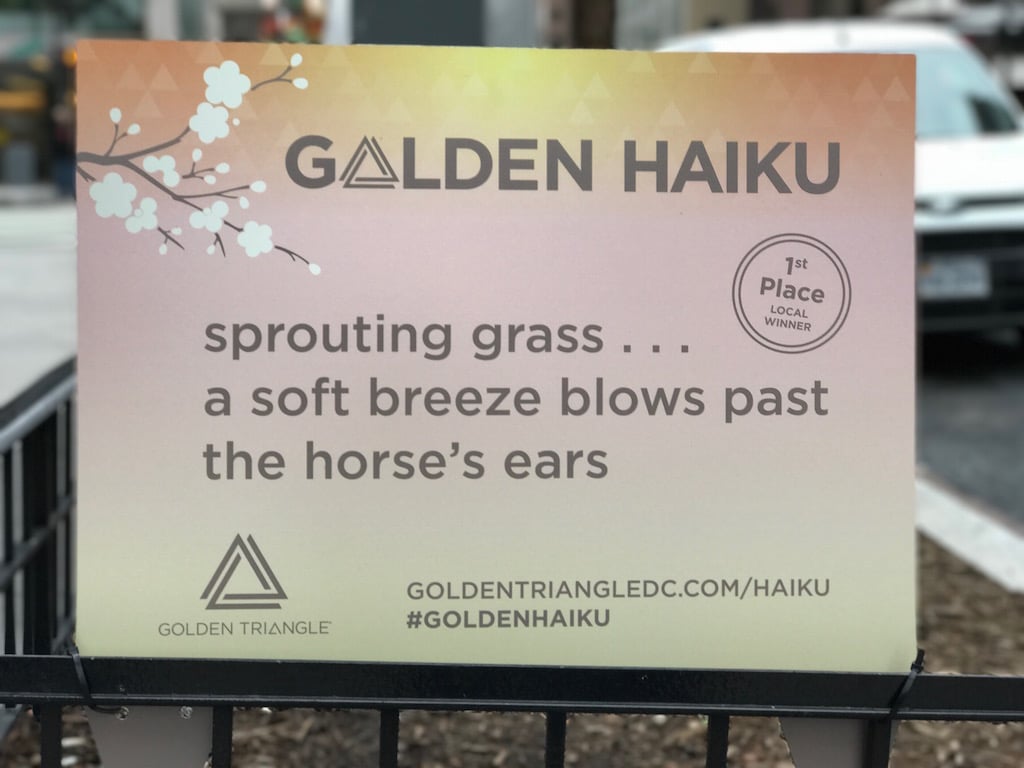
If you’ve seen the haiku, there’s something else you might have noticed: almost none of the winners of this contest, who received gift cards to Golden Triangle businesses, adhere to the 5-7-5 syllable structure we all learn in elementary school. If, like several employees of Washingtonian, you thought that makes these poems not haiku, haiku experts we consulted say you are wrong. In fact, it turns out almost everything we think we know about haiku is wrong.
It all comes down to a false equivalency lost in translation. In Japanese, haiku structure traditionally follows a pattern of three lines with an alternating number of on, or sounds, in 5-7-5. On can be compared to syllables in English and yet they are very different, says Haiku Foundation director Jim Kacian. In English, Kacian says by way of example, “strength” and “cat” are both one-syllable words, but the syllable in the former is longer than the syllable in the latter. Try saying them out loud and listen to the difference. Japanese on do not vary; each sound is equal in length. This distinction is crucial when considering syllabic structure. “Those who have a populist notion of a haiku tend to write in 5-7-5 [and tend to] think that anything that is not in 5-7-5 as not haiku,” says Kacian. Essentially, Kacian says, only amateurs stress that structure.
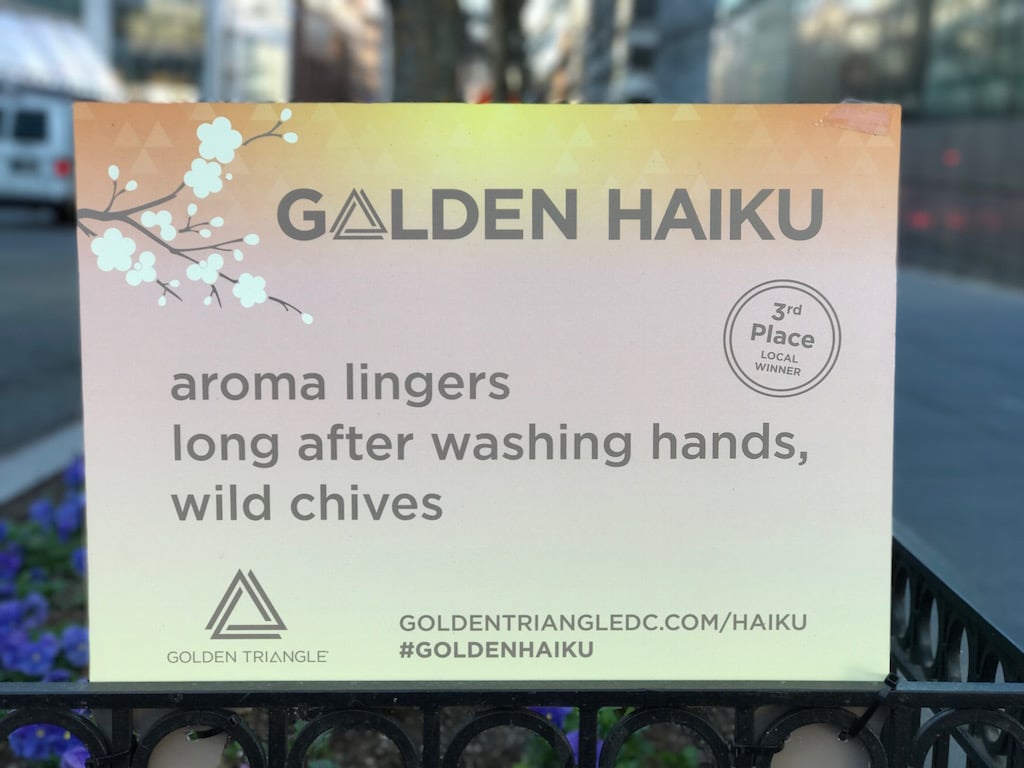
Fay Aoyagi, president of the Haiku Society of America (HSA), is fluent in Japanese and English and writes haiku in both languages too. Unlike Japanese, “English does not naturally fit in 5-7-5,” she says. If adhering to that structure, haiku in English tend to be wordier and longer, contrasting with the goal of haiku to be said in “one breath.” Ignatius Fay, editor of the HSA’s newsletter, claims these structured poems sometimes result in “artificial” and “insincere” haiku.
The Golden Haiku Contest asks participants to use the HSA’s guidelines on what haiku are and how to write them. It even offers one-minute video tutorials by one of the judges. In one, she says, “Use the haiku structure to help you deliver your message. Don’t let it dictate your poem.”
If not the syllable structure, then what’s the most important characteristic of haiku? The imagery and the “cut.”
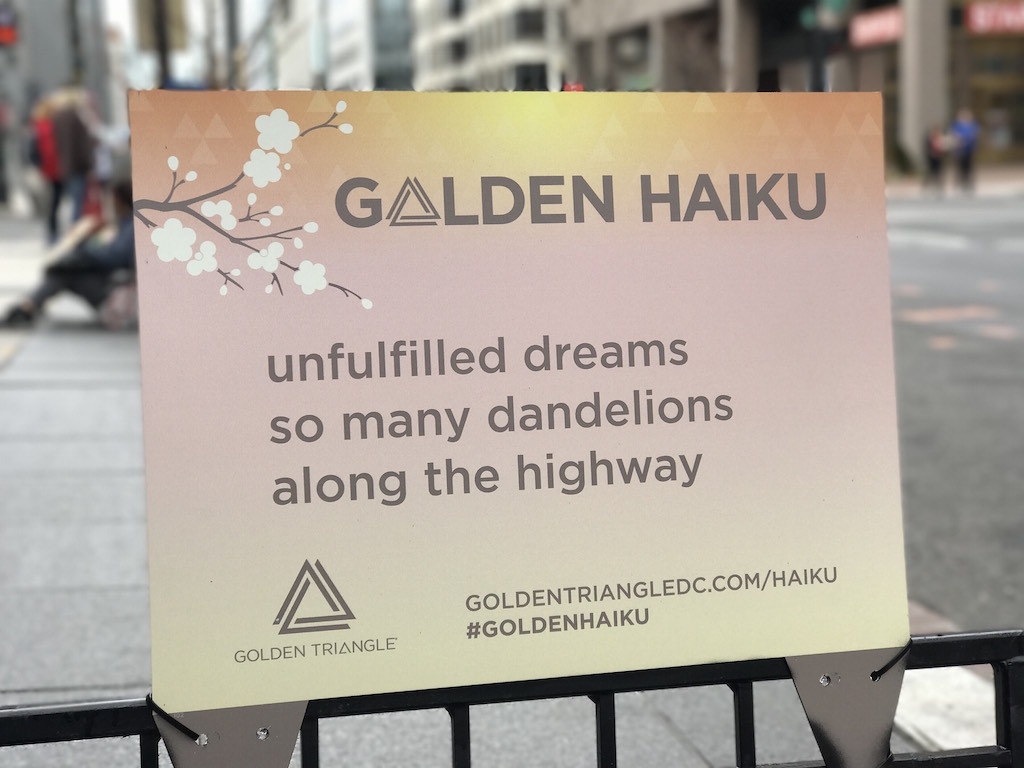
“What makes a haiku work is not the syllabic structure, it is the sense of transformation and suggestion contained in the imagery of the poem,” says David McAleavey, an English professor at George Washington University. According to Kacian, the cut, which illustrates the juxtaposition between two images, is the crucial element in haiku. “Anybody can count,” says Kacian.

